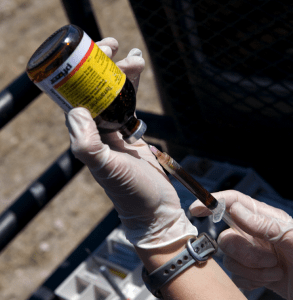The Washington Post
by Josh Hicks
 |
The sale of antibiotics for livestock increased 16 percent from 2009 to 2012 in a trend that has troubling implications for resistance in humans, according to the Food and Drug Administration.
The FDA said in a recent annual report on the issue that nearly 70 percent of the antibiotics are considered “medically important” for humans and that up to 80 percent are given to animals that will be sold at grocery stores to promote growth and prevent disease.
The numbers feed growing concerns about the proliferation of antibiotic-resistant “superbugs,” which can make infections hard, if not impossible, to cure. The World Health Organization said in its first report on the issue this year that the threat is “happening right now in every region of the world” and that it has the potential to affect everyone.
“Without urgent, coordinated action by many stakeholders, the world is headed for a post-antibiotic era, in which common infections and minor injuries which have been treatable for decades can once again kill,” Keiji Fukuda, WHO assistant director for health security, said in the analysis.
To address the problem, the FDA last year implemented a new policy aimed at curbing the use of antibiotics for growth among livestock and requiring veterinarian prescriptions when producers use the drug on sick animals. President Obama issued an executive order last month to create a task force that will examine the issue.
It’s impossible to know whether these efforts are working, since the FDA’s latest numbers stop at 2012. But the existing data shows that antibiotic use was trending in the wrong direction at a critical time.

